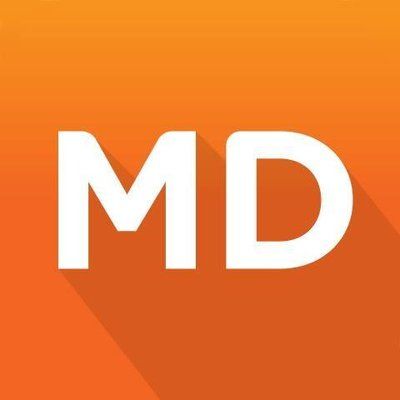AccendoWave, a Pain Data Company with machine learning pain measurement & management technology.
AccendoWave, a Top 4 Global Best in Class Health Equity Solution and Top 15 Global Best in Class Remote Monitoring Company, benchmarks pain data (specialty, gender, age) with machine learning technology to eliminate bias, improve outcomes and reduce health care costs. Incubated by HCA (188 Hospitals & 5-6% US Inpatient Care) - Samsung and AT&T are our partners.
AccendoWave has nine objective benchmarked pain databases (Women, Oncology, Maternal Health, Emergency Room, MSK, Med/Surg, ICU, Seniors, Adults).
Pain is the primary reason patients access healthcare - so pain is a primary driver of health care cost. Pain levels don't show up in claims data nor can objective pain levels be extracted from EHR's. So Employers/Health Plans/Hospitals/Government have no visibility into or data on the primary driver of health care costs.
Pain has a bias problem. There is extensive research & RWD showing bias: women and pain, ethnicity and pain, seniors and pain.
The real world data from our health care systems is crushinly similar. #1 complaint of patients of color is that their pain isn't believed. This results in less pain medicine given to these patients and later stage cancer diagnosis.
Given the new state, health plan and CMS initiatives on health equity, and the recent massive (150 - 250M) hospital pain lawsuits, health systems must utilize objectve pain data and focus on this pain bias problem.
Additionally, a patient whose pain isn't believed doesn't trust their provider or health care system, and their patient experience is a zero.
AccendoWave provides objective benchmarked pain data and insights to eliminate pain bias, improve care and reduce stakeholder healthcare costs.
AccendoWave utilizes full spectrum brain analysis and deep learning algorithms to measure & monitor discomfort/pain. AccendoWave has four products:
1. Digital Opioid Alternative (Hospital & Home) Value Proposition - Reduce Opioid Usage, Reduce Length of Stay, and Improve Patient Satisfaction. Most Cost Effective Choice to Meet The Joint Commission Non Pharma Pain Treatment Modality Requirement. Home - to reduce opioid usage in the transition from hospital to home. *AT&T reimburses for AccendoWave for 30 days post hospital discharge.
2. UV Sanitizing & Charging Technology (Hospital) Value Proposition - Infection Control and Simplified Charging for AccendoWave Hospital Technology.
3. Top 15 Global Best in Class Remote Pain Monitoring Technology. Value Proposition - Objective Data Insights into Pain - A Primary Driver of Cost & Outcomes. *AT&T reimburses for AccendoWave for 30 days post hospital discharge.
4. Largest Global Real-Time Database on Pain with Nine Separate Objective Pain Databases. Value Proposition - Objective Pain Benchmarked Data to Address Health Equity, Improve Operational Performance, Reduce Pain Lawsuit Risk, Reduce Costs, Improve Patient Satisfaction, and Demonstrate Outcomes.




























